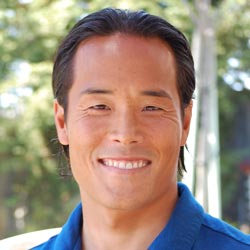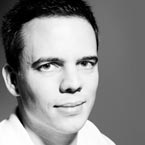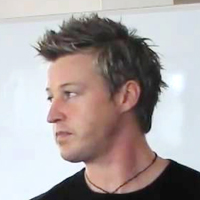The energy trinity – light, sound and vibration
Energy exists in three forms – light, sound and vibration. All life, including each cell of our bodies, has a vibrational frequency – it is the essence of all of life’s activities. From the tiniest grain of sand to the largest of stars, all matter has a unique frequency and vibration.
Each of our internal organs has its characteristic and unique sound, just as the heart beats, the brain, liver, stomach, kidneys and other organs have their own respective voices which combine to form a beautiful symphony within our bodies.
Through vibration, our bodies continuously shed old cells and create new ones,
this is a normal life process and utilises the natural healing power within all of us. People with a healthy vibration can heal themselves even when confronted with injury or illness.
If a particular organ has a problem and it begins to emit a discordant tone the rest of the organs in the body will then generate a harmonious healing symphony in an attempt to resolve the problem by helping the compromised organ regain its proper frequency.
However once the body’s harmonious voice is weakened or broken its healing power is compromised, thus illness can manifest.
Negative thoughts are the primary cause of this breakdown, leading to discordant notes amongst the body’s organs.
The healing role of tuning forks
The human being is like a musical instrument through which emotional, mental and spiritual life is expressed. Everything is vibrating – from the orbits of the planets to the movements of electrons. The body can be viewed as a manifestation of vibrational states.
Because the more powerful vibrations of one object can change the less powerful vibrations of another, the appropriate tuning forks and application can bring balance to discordant vibration in the human being. By restoring the inherent vibrational pattern, tuning forks can have amazing health benefits.
Emma Lane introduces the use of tuning forks in Retune, Rebalance and Regenerate – The Art of Energy Healing. During the first workshop, vibrational healing techniques and skills will be taught; these will include effective use of tuning forks. Want to know more? Follow this link for information about this course.

 Robert Yang is coming from America to teach his Olympic Lifting course in March. Robert is a certified nutritionist, strength and conditioning specialist, Olympic weight lifting coach and an advisory board member with the Titleist Performance Institute.
Robert Yang is coming from America to teach his Olympic Lifting course in March. Robert is a certified nutritionist, strength and conditioning specialist, Olympic weight lifting coach and an advisory board member with the Titleist Performance Institute.
 Later in the year, Integrative Health Education will present Mark Buckley’s ‘essential’ FMA Strength Training courses. Mark Buckley is an orthopaedic rehabilitation expert and strength coach and over the last 20 years he has lectured in New Zealand, Australia, Mexico, USA, Canada, Colombia, Japan, China, Dubai, UK and Sweden.
Later in the year, Integrative Health Education will present Mark Buckley’s ‘essential’ FMA Strength Training courses. Mark Buckley is an orthopaedic rehabilitation expert and strength coach and over the last 20 years he has lectured in New Zealand, Australia, Mexico, USA, Canada, Colombia, Japan, China, Dubai, UK and Sweden.